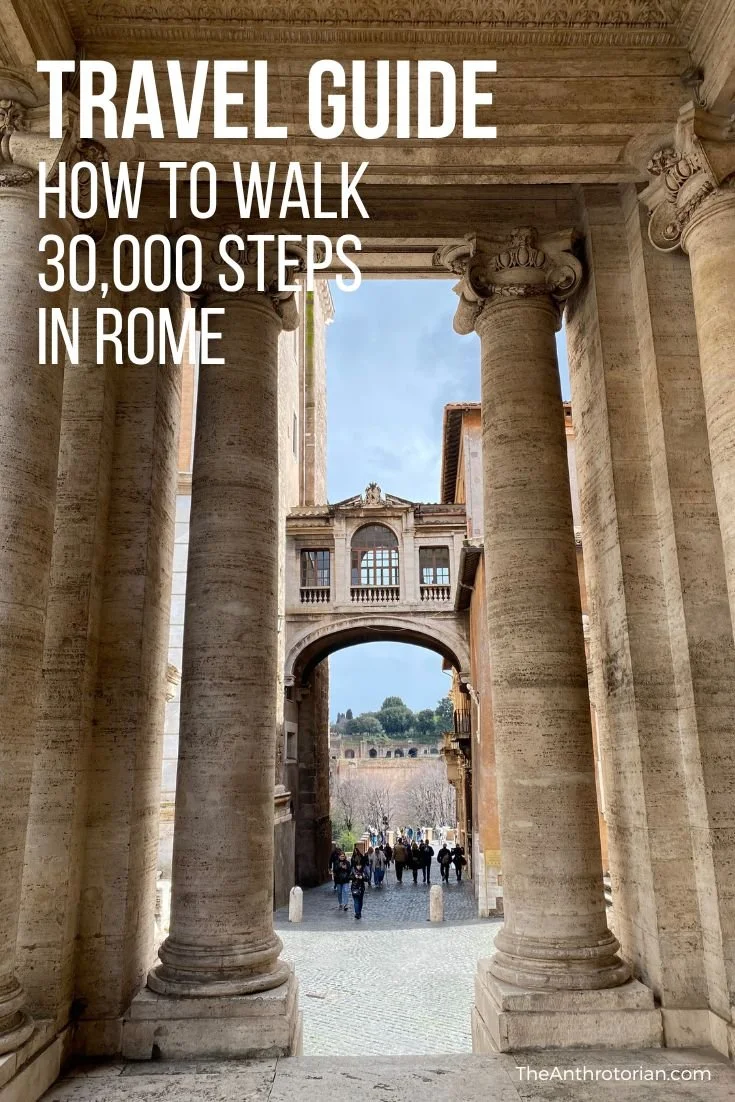Located in the middle of Beijing in China, the Yonghe Temple aka Harmony and Peace Palace Lamasery aka Yonghe Lamasery aka Lama Temple is a complex made up of a maze of elaborate arches, stunning tapestries and massive temples, opening to expansive courtyards filled with people praying and fragrant smoke filling the air from burning incense.
Read MoreWhy Do People In North America Wear Poppies in November?
November 11, known as Remembrance Day in Canada and the other Commonwealth Nations of the world, is a day that has been observed since the end of World War I to remember the men and women who died in the line of duty. (Many non-Commonwealth Nations, like the United States, also treat this day as one of remembrance, as November 11, 1918, was the day when hostilities officially ended in WWI.)
Read MoreReads For The Road: "The Social Life of Ink" by Ted Bishop
I don't know about you, but I am one of those people who always has at least one pen rolling around in the bottom of my bag. Even though I rarely take notes during interviews anymore (thinks voice recorder), and use the note function on my phone when needing to jot things down quickly, I still hold out hope that I'm going to have time to actually sit down, pull out a notebook, and put pen to paper.
Read MoreKarate, Judo, Taekwondo: Your Guide To Martial Arts Training Around The World
Since martial arts movies hit the big screen in the 1960s, Karate, Judo, Taekwondo, and others have grown in popularity around the world.
But what is the difference between all of these combat arts, and where did they come from?
Read MoreWhy are Chinese Gangs Called Triads?
If you read the news or watch any sort of crime drama, you are sure to have heard the term 'triad' at some point.
It refers to one of the many branches of the Chinese organized crime organization that stretches all over the world. It's a term akin to 'mob', 'gang' or 'mafia'.
Read MoreGladiators Evicted From The Colosseum In Rome
Like a scene straight out of the ancient Roman Empire, gladiators erupted in violence last week in front of the Colosseum when local police showed up with eviction notices.
For the last 20 years, Italian men dressed in breastplates, helmets, and sandals have overtaken the exterior of the Colosseum for the entirety of the tourist season. Calling themselves ‘street performers’, these fake centurions are fiercely territorial (not allowing non-Italians into their ranks unlike the Roman army that they are ‘proudly’ emulating) and spend their summers harassing tourists.
They are pushy and aggressive, charging exorbitant sums for photos and even jumping in front of cameras without invitation and then demanding money from the photographer because they are ‘in costume’.
Now that a 20 million Euro restoration is about to get underway, city authorities have declared that the fake gladiators must clear out in order to restore decorum to the ancient arena. Plastic swords were drawn and punches were thrown when the touts got the news and the air filled with their calls of “Let us work, we need to eat!”
“gladiators erupted in violence in front of the Colosseum when local police showed up with eviction notices”
I wouldn’t feel sorry for these ‘poor’ street performers, however. Though they claim that they make only a meagre 50 Euros a day, the reality is that they make closer to 200 Euros a day — none of which is ever declared to the government and taxed. There is even speculation that these modern-day legionnaires are run like a mini-mafia by a few influential Roman families.
Since the violence last week, the city is now considering a system where a handful of permits will be issued that will allow them to charge for photos at a set price of 10 Euros each and will closely regulate their activity.
It was January the first time I visited the Colosseum, and the only person standing in front of it was me, there were no tourists or faux gladiators in sight. When I went back a few months later, it was a completely different scene.
Men in costume were standing all over the place and it was next to impossible to take a photo without them in it. They stood together in groups of three or five and had people with them, not in costume, who helped them intimidate people into paying them for inadvertent photos.
After a group saw me snap a picture from a distance, they came running at me, fierce expressions on their faces, telling me that I owed them 10 Euros each. When I refused, they got more belligerent, even following me down the street as I tried to walk away. If I had been by myself or had just arrived in the city, I may have given in out of fear, something that I think these men — who I have now learned are mostly ex-convicts — count on.
With tourism only growing, it is nice to know that the Roman government is looking out for visitors to their city and not allowing people to exploit their history.
Have you ever had a run-in with one of these modern day gladiators? Do you agree with what the city officials are doing?
—Some of the information in the post is from a news report in The Telegraph
Related Posts
The Swiss Guard: From Mercenaries To Pope Protectors
Like the Queens Guard, standing serious and at constant attention outside of Buckingham Palace, the Swiss Guard stands in full (colourful) uniform outside of the Vatican buildings with the sole purpose of keeping the Pope safe.
Why do the Swiss guard the Pope?
During the 1400s and 1500s, Switzerland was an incredibly poor, overpopulated country and unable to support themselves at home, thousands of Swiss men would hire themselves out as mercenary soldiers.
The use of revolutionary battle tactics made them the most powerful army of the 15th century and because they had a reputation for being courageous, noble and loyal they were an integral part of wars in France, Spain and Italy.
The modern-day Swiss Guard, the ‘military’ of Vatican City, is the smallest active army in the world and has been responsible for the safety of the Pope since 1506 when Pope Julius II invited them to Rome himself.
They are now the only military regimen that exists at the Vatican for both ceremonial and active roles. (They once shared these roles with the Palatine Guard and Noble Guard that were both disbanded in 1970 under Paul VI) There are usually between 100-150 members, who act as bodyguards, ceremonial guards and palace guards, present in Vatican City at all times.
Requirements for being a member of the Swiss Guard
Becoming a member of this elite army is no easy feat. You must be:
Swiss
Catholic
Single
Male
Between the ages of 19-30
Must have basic training in the Swiss military
Must have a professional degree or high school diploma
Obtain certificates of good conduct
Be at least 5ft 8.5in tall
If you have every single one of these characteristics and pass the application process, you will be sworn in on May 6 (the Anniversary of the Sack of Rome) and pledge your loyalty and life to the Pope for a term that can last anywhere from 2-25 years.
The Swiss Guard uniforms
Their uniforms are so close to a costume that many visitors assume that the men inside of them are actors on display for their benefit, rather than real soldiers. Looking like they stepped out of a Renaissance painting, the official uniform is composed of bright blue, red, orange and yellow, the colors of the Medici family (the wealthy Renaissance family from Florence).
Weighing 8lbs, it may be the heaviest uniform in use for any standing army and is by far the most complicated to construct-154 pieces, 32 hours, 3 fittings.











